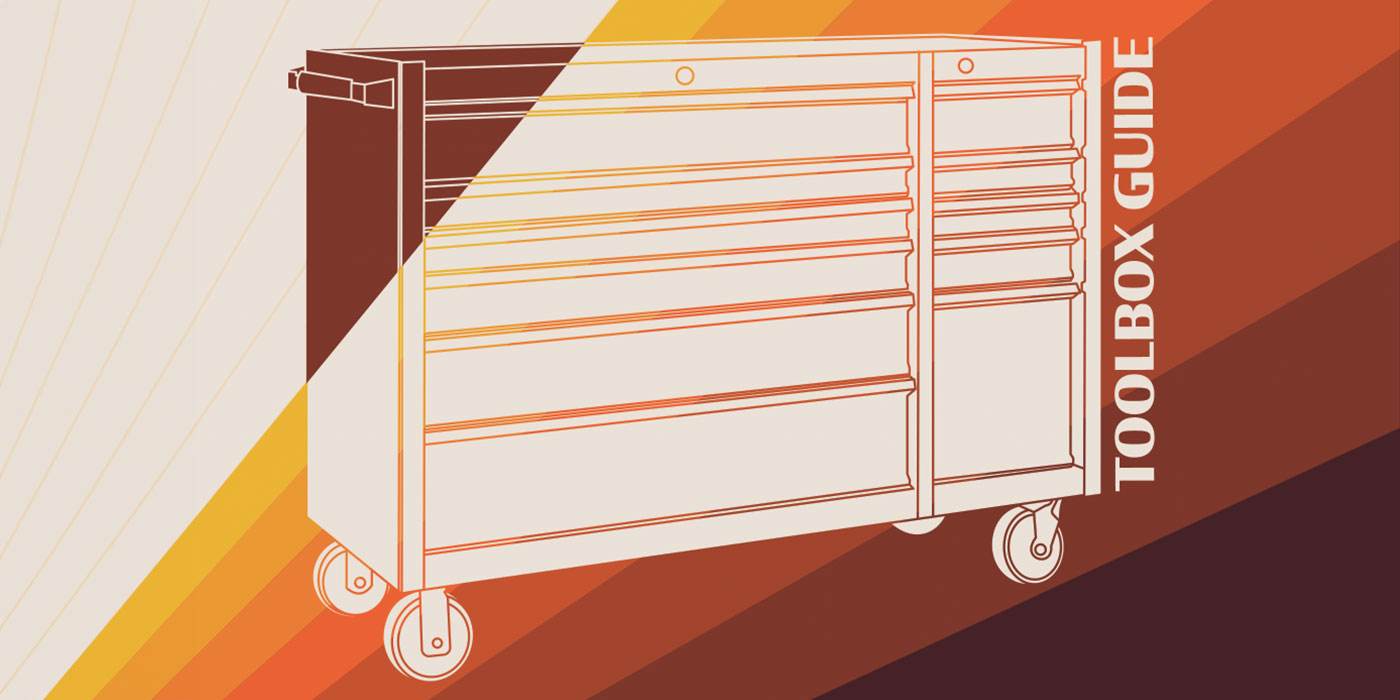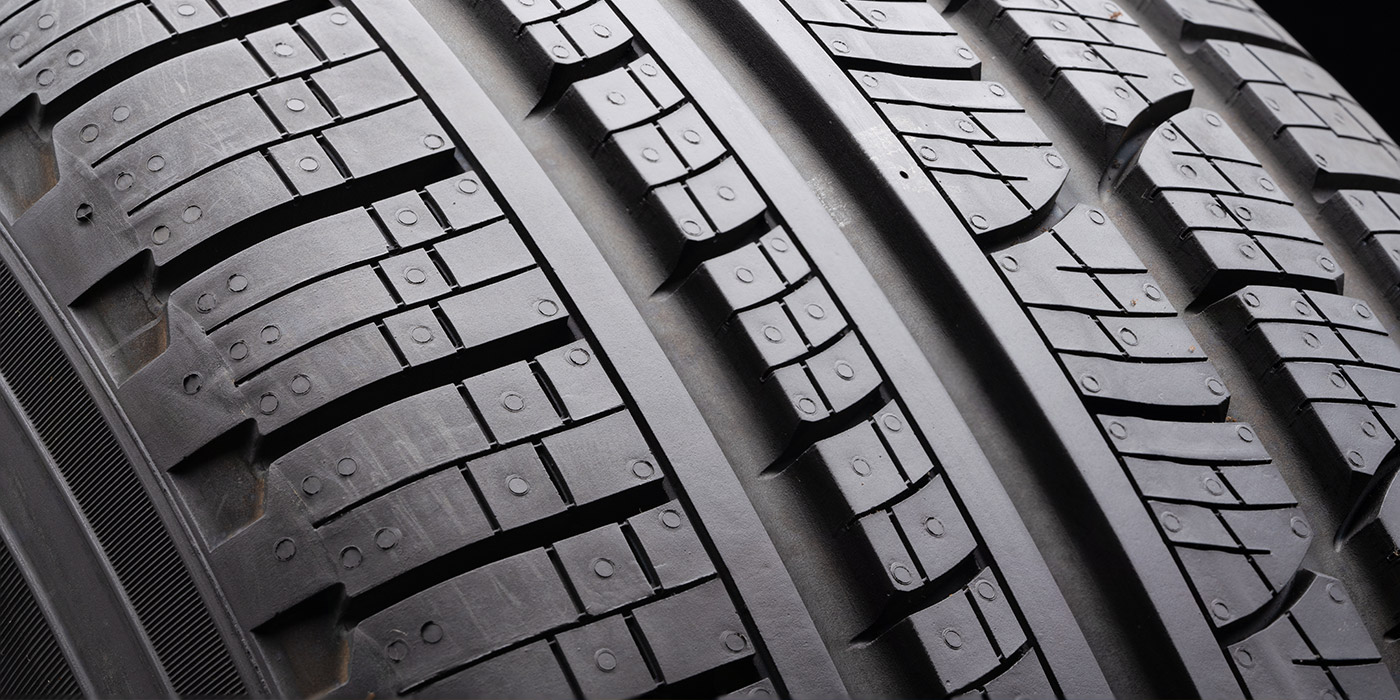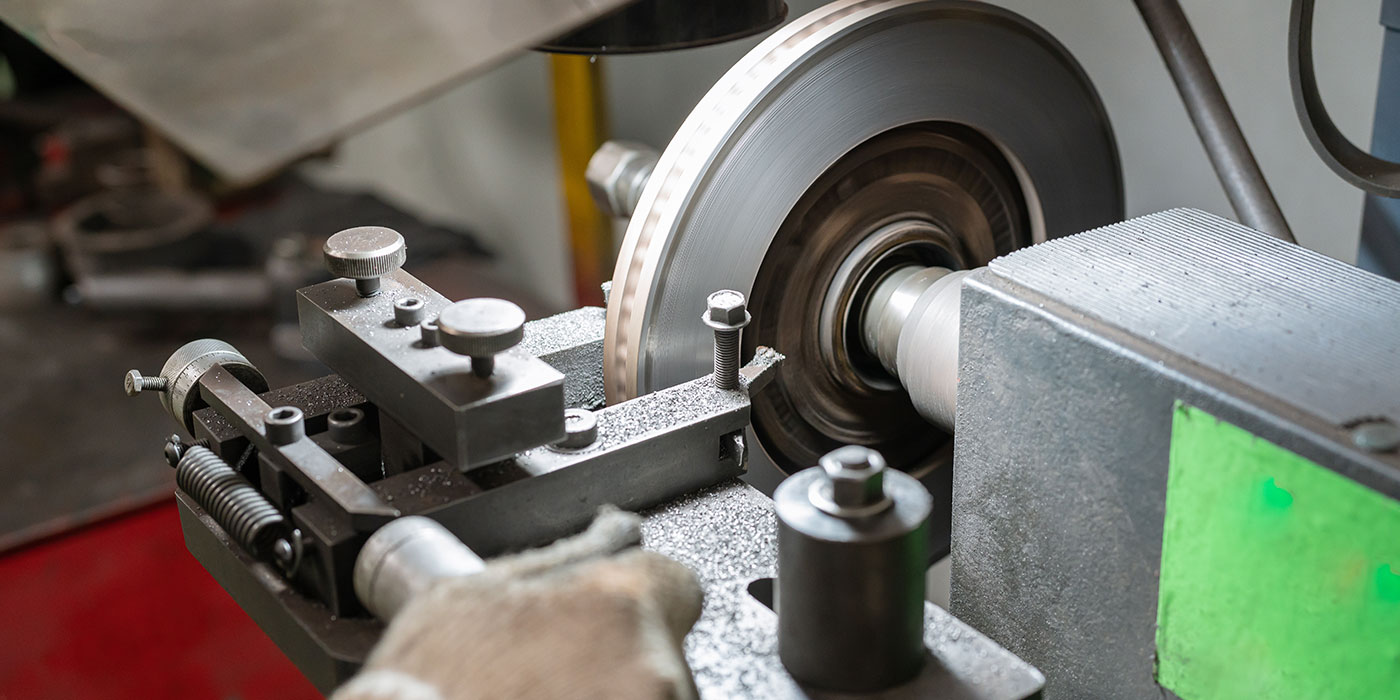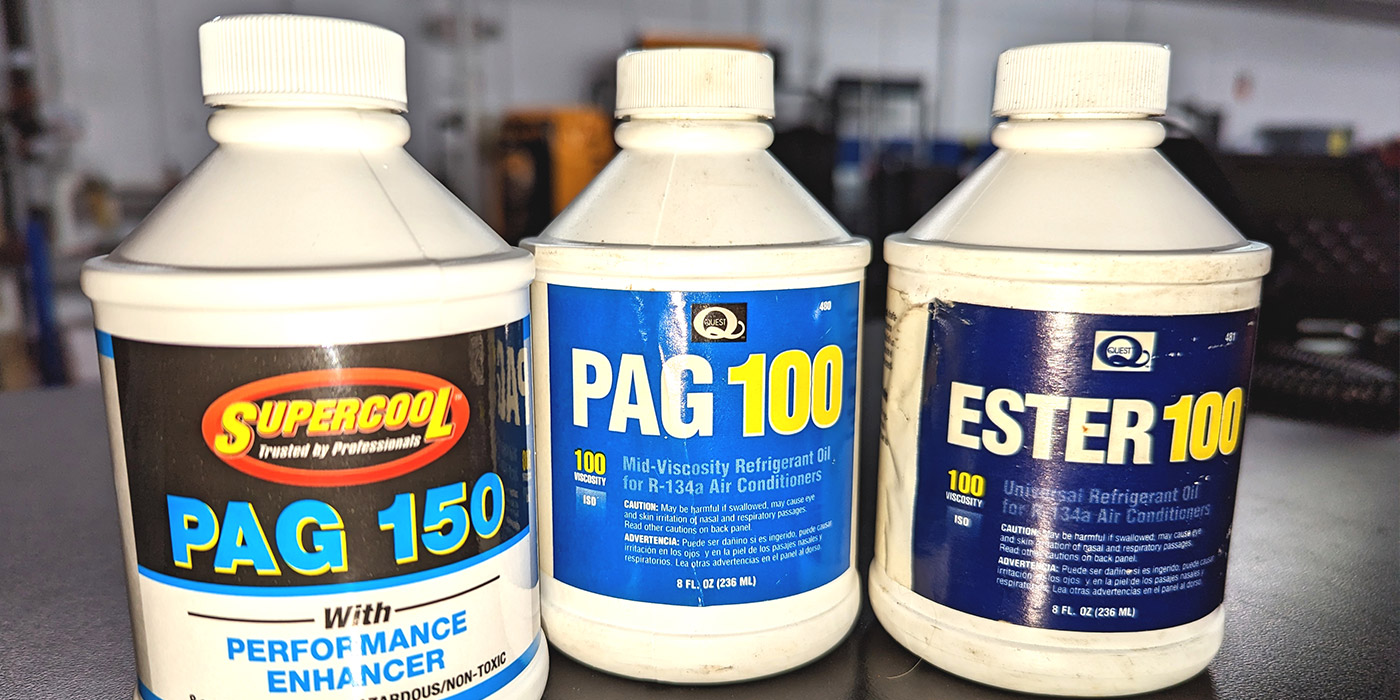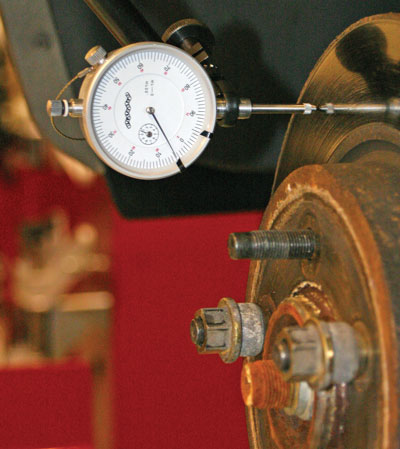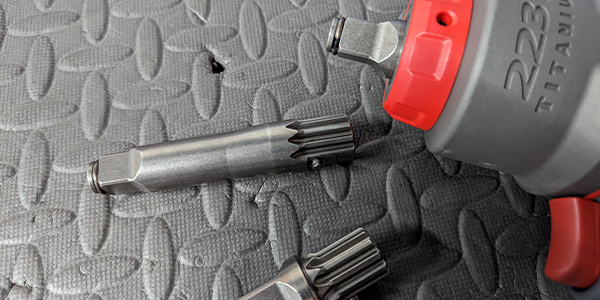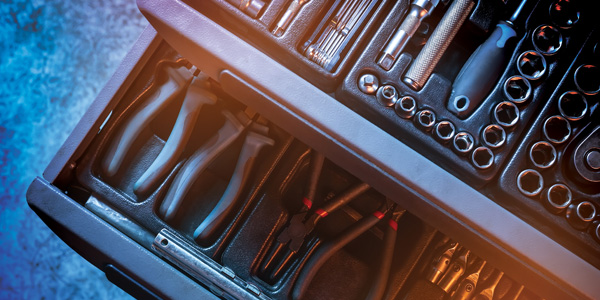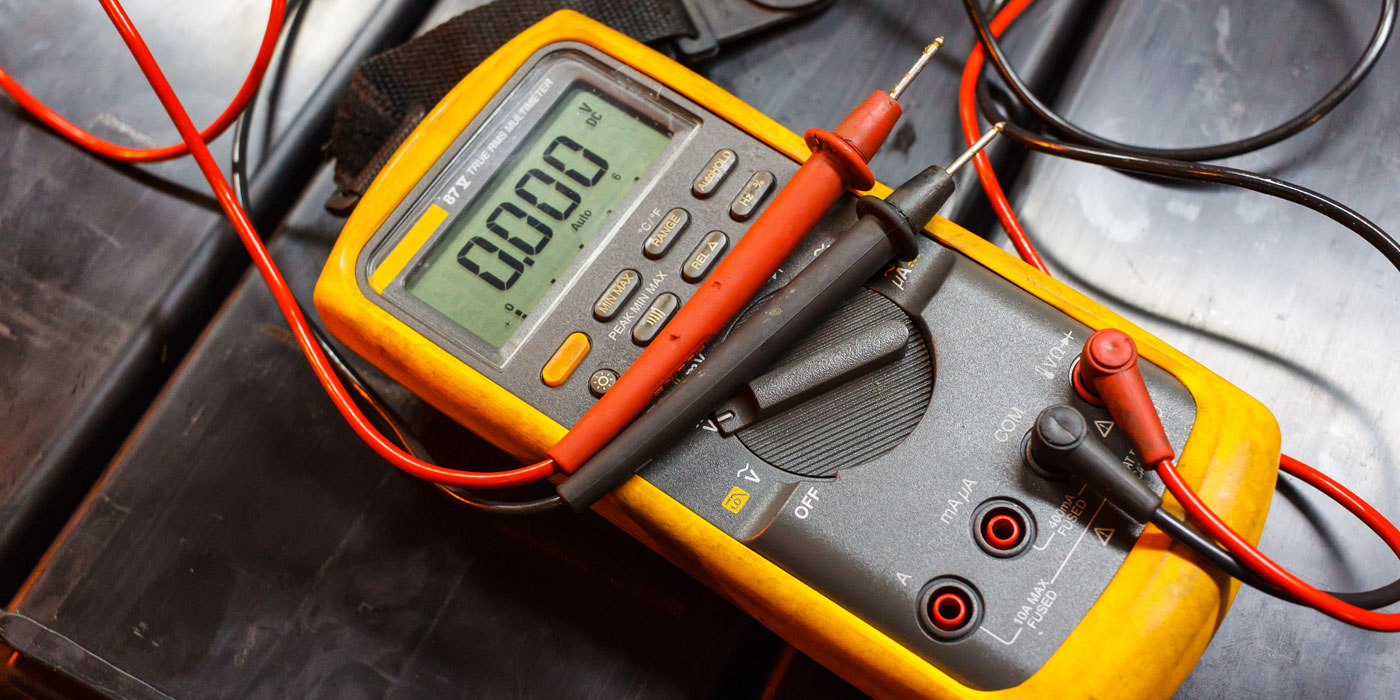ertainly helps, and stud girdles are a further improvement over the stock system. However, no stud system can match the stiffness of a well-designed shaft rocker system.
The second attribute you want is low rotational mass in a rocker system.
The third and final attribute to look for is true and consistent ratios. Because it is difficult to consistently set up stud-mounted rockers at the same height, there is also much more variation in ratio from cylinder to cylinder and engine to engine when dealing with a stud-mounted rocker setup. With a shaft-mounted rocker system, one can improve on each of these critical areas.
Although Com Cams’ shaft systems are designed for easy installation, they are intended for race applications. Consequently, some machine work may be required to properly install a shaft rocker system.
One installation tip is to carefully check the sweep of the roller tip across the valve when setting the stand height. The initial motion of the tip should be outward, with the tip changing direction between 1/4 and 1/2 of maximum lift. This results in the truest ratios and maximum stiffness.
Also, make sure to select the proper length pushrods. Although the adjusters will allow a shorter than optimum pushrod length, Comp Cams recommends that the pushrods are the last component selected. Use an adjustable “checking” pushrod to determine the proper length. Start with the seat all the way in the body. Then turn the pushrod adjuster out one half to one full turn from bottom for maximum strength.
The manufacturer also cautioned engine builders to not be fooled by exceptionally low-priced valve train components just to save some money. While knock-off parts are clearly flooding into other valve train markets, the shaft rocker segment has not been a major focus. However, no segment is safe. On any engine build, you must have 100% confidence in the company you are buying from. The absolute last place you ever want to skimp is on the valve train because there’s no such thing as a minor valve train failure.
Crower Cams
Crower Cams has been making shaft-mounted rocker systems for about eight years, and makes systems for most of the aftermarket cylinder heads made by AFR, Brodix, Dart, Edelbrock and World, as well as OEM heads for small block Chevy and Ford, big block Chevy and LS1 Chevys. As they move forward, Crower Cams plans to introduce more variety and expand its shaft-mounted rocker product line.
Crower offers systems with either aluminum or steel rockers. Most of the systems they build are custom pieces for professional racers, however, they can give them any lift ratio they want and design the stands for their valve lengths. A typical custom setup costs about $1,350, and everything is made in the USA.
The company said that lately there has been more interest in shaft-mounted rocker systems among oval track racers. Drag racers have been using shaft-mounted rockers for years, but the oval track guys are now starting to run higher rpms with lots of spring pressure and radical cams. For that, they need a shaft-mounted rocker system, a Crower representative said.
Harland Sharp
Harland Sharp has had a full line or shaft-mounted rockers for small block Fords for a number of years, as well as shaft rocker systems for all the popular aftermarket heads (AFR, TrickFlow, Brodix, Dart, etc.).
Its small block Chevy system is different from many of the other rocker systems that are out there in that it uses a new mounting system with machined aluminum base plates. The shaft has no bolt holes passing through it, and is supported by the stand uprights. The shaft is 11/16” diameter 52100 tool steel, with two rockers on each shaft. Available rocker ratios range from 1.5:1 to 1.75:1.
These units were introduced at the Performance Racing Industry show a few years back.
The company has also developed a similar setup for big block Chevy applications. The only difference is that each big block rocker is mounted on its own shaft.
Harland Sharp says most of the shaft-mounted rocker systems they make are custom built for specific engine applications. And that they design each system according to valve lift, spring pressure and the amount of offset a customer wants. A typical selling price is $1,000 to $1,300.

Jesel
Jesel, which has been making shaft-mounted rockers for more than 30 years, has worked with Edelbrock to develop shaft-mounted rocker systems for some of their new cylinder heads, such as the 18° Big Vic head.
A Jesel speokesperson said the company has products for almost every application.
“The Chevy LS market is really growing, and there are a number of new heads for those engines. We are working with the cylinder head manufacturers to develop shaft systems for their heads. These will be bolt-on installations designed to handle higher spring pressures and lift ratios,” he said.
Jesel uses aluminum rockers primarily, but are also making some steel rocker shaft systems for NHRA Pro Stock racers and endurance road racers. The company also makes a new shaft system for the 6.1L Hemi for drag racing.
Jesel said many Pro Stock drag racers buy raw head castings and do all of their own machine work, so the company does a lot of custom shaft-mounted rockers for those racers. The company also does a lot of repair work and rocker rebuilds for other drag race classes, too.
According to Jesel, a Sportsman rocker shaft system for a small block Chevy sells for around $1,000, compared to around $1,400 for a custom Pro Series system for the same engine.

Probe Industries
Probe has shaft-mounted rocker systems for small block Chevy and Ford, big block Chevy and many popular aftermarket performance cylinder heads.
Its rocker systems sell for $663 to $1,000, and most are bolt-on installations, except on the big block Chevy which requires some machine work.
The big block kit includes a jig for locating and drilling the holes to mount each rocker support stand.
A Probe spokesperson said shaft-mounted rockers can handle spring pressures up to 1,200 lbs., and improve valve train stability at all engine speeds. They also said because one can get a true lift with a shaft-mounted rocker system, you don’t need a bulky stud girdle.
Probe’s shaft-mounted rockers come with CNC-machined aluminum rocker arms that have dual needle roller bearings, and steel support stands. Available rocker ratios are 1.5:1 and 1.6:1.
T&D Machine
T&D Machine said it provides a lot of secret stuff for NASCAR Cup racers and they can’t comment much about it, except that its shaft-mounted rockers are providing those racing teams with the performance they request.
The company said Nationwide series cars have an eccentric system that doesn’t have a traditional adjuster on the rocker arm. You rotate the rocker shaft to change valve lash with this system.
While some Sprint car racers have tried it, most want a lighter rocker arm. The eccentric system comes with steel rocker arms, which provides a lot of strength and durability. For the Sprint car racers, T&D said its shaft system with aluminum rockers is better.
T&D Machine makes more than 400 shaft-mounted rocker systems for a wide variety of engines and aftermarket cylinder heads. Applications include small block Chevy and Ford, Buick V8 and V6 engines, and Chrysler small block and Hemi. Latest applications include shaft systems for Edelbrock’s 409 Chevy head, and their Pontiac and Oldsmobile heads.
While they do a lot of custom one-of-a-kind shaft rocker systems, too, the company said turnaround time takes about a week on average.
T&D Machine’s off-the-shelf basic rocker arm sets start at around $700 for a small block Chevy, and go up to $1,000 or more for a custom set. All systems are made in the USA.
The company offers both aluminum and steel rockers. The steel rockers cost about 25% more, but they are almost as light as the aluminum rockers and much more durable. A spokesperson said the blown alcohol and nitrous oxide drag racers love the steel rockers because they hold up so well.
Though the shaft-mounted rocker systems are primarily for racing, some people do use them on the street. A spokesperson said that they do not recommend running aluminum rockers on the street if a customer expects to get a lot of miles out of an engine. Steel rockers would be the better choice.


